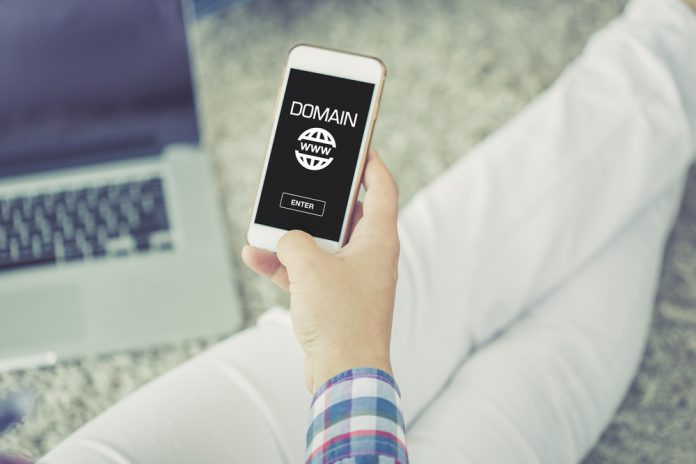Brand protection is a security process that business owners should be familiar with. The most basic approach is to register a trademark for your logo and brand name as that provides legal protection for your brand. For business founders whose ideas and processes are unique and revolutionary, patents can better protect them. The goal is to deter copycats, although there are still several threat actors who have made brand abuse a means of living.
Brand protection comes in several forms, but one area that is often overlooked by business owners is data from WHOIS domain searches. Domain intelligence is all the more critical for online businesses operating, as they primarily rely on their websites to reach out to their target markets. A blatant attack on the company’s domain can be harmful to the brand’s reputation.
With this in mind, let’s explore how WHOIS Lookup can help protect your brand.
Domain Brand Protection Using WHOIS Lookup
Deciding on a domain name is no easy task as you have to be creative and strategic at the same time. Also, an essential step before finalizing the domain selection process is to do some research. Is the domain you want available for registration? If not, then who owns it at present, and how is it being used? A WHOIS domain search comes in handy at this stage.
It allows you to get a glimpse of the WHOIS record of the domain, including its age, creation and expiration dates, and registrar. Most importantly, it also returns the registrant’s name and contact details, which are helpful if you want to negotiate for purchase.
Then once everything is clear, you go about the registration process. Business owners, at this point, sometimes feel that they’ve reached the end of the road. At last, they have a domain. Mission accomplished. But the brand protection process is only starting.
Brand Protection Strategy #1: Look into Other gTLDs
If you successfully registered the .com version of your domain, that’s well and good. But what can stop counterfeiters and cybersquatters from using other generic top-level domains (gTLDs)? If you own yourdomain[.]com, somebody else could easily own yourdomain[.]net, yourdomain[.]biz, or yourdomain[.]co.
To check, you can do a WHOIS domain search for these to see if someone else already owns them. If no one does, you can go ahead and register the domains yourself. But if another person already owns them, you can look into filing a Uniform Domain-Name Dispute-Resolution Policy (UDRP) case, especially if your brand name is trademarked.
Even large corporations employ this brand protection strategy. PayPal, for instance, has registered its domain in different gTLDs. If you use WHOIS Lookup, you’ll see that PayPal Inc. also owns the following domains:
- paypal[.]com
- paypal[.]org
- paypal[.]net
- paypal[.]biz
- paypal[.]xyz
Brand Protection Strategy #2: Be the First to Get Hold of Look-Alikes
Threat actors are also good at taking advantage of common typos. For yourdomain[.]com, they could still steal your identity by registering yourrdomain[.]com (notice the extra “r” after “your”). Your customers or anyone who wants to visit your website could make this innocent mistake when typing into their browsers.
Or worse, they could easily overlook the typo when they receive an email supposedly from you. As a result, your customers, partners, and suppliers can fall victim to phishing. One best practice for reliable brand protection then is to also take into account typos or misspellings.
Following our previous example for PayPal and still using WHOIS Lookup, we can see that the U.S.-based online payment platform registered misspelled versions of its domain. The registrant for paypall[.]com and paypaal[.]com, for instance, is still PayPal Inc.
—
If PayPal, which is easily one of the largest online businesses all over the world, employs domain brand protection strategies, small businesses should follow suit. Like home businesses, PayPal primarily depends on its domain reputation. It can’t afford to lose its customers’ trust. Using WHOIS domain search products can help ward off counterfeiters, cybersquatters, phishers, and other threat actors.
Find a Home-Based Business to Start-Up >>> Hundreds of Business Listings.

















































